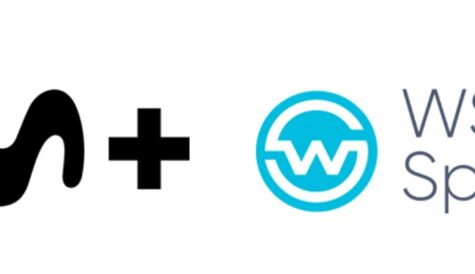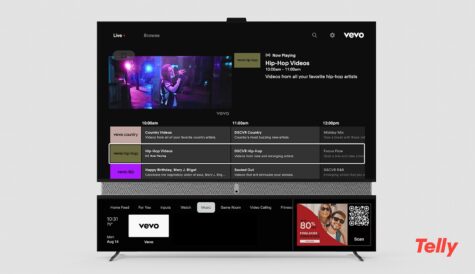Taking on the cord cutting threat
 Zappware’s inaugural Strategy Summit in Ghent saw a raft of industry participants discuss strategies for succeeding in pay TV and taking on the cord-cutting challenge.
Zappware’s inaugural Strategy Summit in Ghent saw a raft of industry participants discuss strategies for succeeding in pay TV and taking on the cord-cutting challenge.
If there’s one question exercising the minds of pay TV operators today it is how to differentiate their offer amidst unprecedented competition between service providers while battling OTT to prevent cord cutting.
It’s a huge issue with many fast-moving parts but the news dominating the agenda at the Zappware Strategy Summit held in Ghent, Belgium in May is that there is a technical and a business solution.
In a nutshell this requires: aggregating pay, free to air DTT and OTT app content by getting consumers to stay on HDMI1; creating a state-of-the-art UX; making content discovery frictionless for the end user and available across all screens and devices; and working with a partner to achieve efficiencies in resource, scale, investment and time to market
The day-long event drew senior executives from IPTV, telco and traditional pay TV operators in Latin America, the Middle East and all corners of Europe to participate in informal, in-depth discussion with ecosystem partners including Google, Amazon Web Services, Askey, XroadMedia, Spott and more.
Zappware, which provides user interface design and video back-office solutions and whose headquarters are in Belgium, hosted the Summit, which was supported by DTVE.
“Traditionally, operators would approach vendors somewhat late in the development process but in such a fast changing increasingly complex world this may no longer be fit for purpose,” said Patrick Vos, Zappware CEO. “We believe that there are challenges on both sides which are best addressed together. We want to push one step beyond and talk in terms of strategy which can then lead into devOps and a joint solution to move forward.”
Simon Frost, head of EMEA media marketing, Amazon Web Services (AWS), agreed: “The opportunity for all those in Media is to drive engagement with audiences and focus on how best to do that. Enabling innovation and addressing any friction that limits being able to deliver end-user value is essential.”
It is clear from DTVE’s latest annual market survey that the content arms race is forcing industry executives to look beyond exclusive content to differentiate digital TV strategies. That lesson wasn’t lost on Greek telco WIND Hellas which launched its first TV service in April 2018 facing incumbent competition.
“Coming last to market with a zero customer base, it was clear that going for exclusive content was not an option,” said Hermann Riedl, chief business and digital transformation officer. “For us, the UX was the only viable differentiator. The keys for us were openness and simplicity.”
Based on an Android TV core and partnered with Zappware in a turnkey management role, WIND “built a leading edge UX” on a proposition that united pay TV, DTT and catch-up channels aggregated on the HDMI1 port of a stylish new STB.
Amplia Communications is the largest fibre-optic network infrastructure provider in Trinidad & Tobago, and plans to capitalise on its IPTV linear service, which it created with Zappware.
“Since Zappware is a multi-tenant solution we are able to offer our IPTV platform to other operators in the Carribbean,” general manager, Lisa Agard told delegates. “They can leverage off our platform to get a quicker time to market. Being able to offer them one platform is going to be a tremendous advantage.”
Preventing cord cutting is not enough on its own. Service providers also need to make money and part of this equation is changing the advertising proposition to one based on transactions. Michel De Wachter, co-CEO at Belgium’s scale up of the year Spott explained that his company has developed a cloud solution allowing its users to enrich large volumes of video content with product placement data allowing a unique and (proven) better user experience directly leading to a positive impact on new advertising models like a click to purchase model, while Tom Dvorak, co-founder and CCO, XroadMedia explained how his company helps master the video content explosion through a personalised UX.
The event also included presentations from Lebanese broadband provider Cedarcom on the challenges of entering a piracy saturated market and from Google’s strategic partnerships development manager, Android TV, Jackie Barnham, on deploying Android TV.
With the UX of pay TV companies perceived to be lagging behind while OTT platforms take a lead on innovation, delegates to the Summit took away the lesson that the opportunity is there to take on the threat by placing the UX at the front and centre of their strategy.



